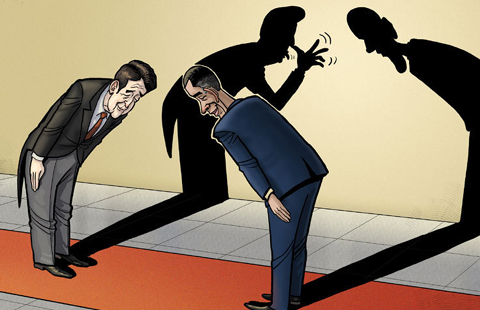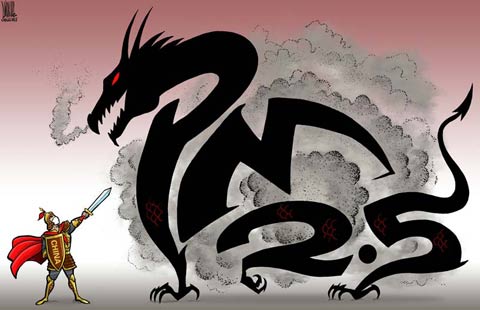Expert: Oil prices may recover at end of 2015
By Jim O'neill (China Daily) Updated: 2014-12-29 07:37In 2011, after both prices had recovered from the collapse induced by the 2008 credit crisis, the five-year price started to come down gradually, while the spot price continued to surge for a while. This jibed with what I had identified as two big factors fundamentally driving the price of oil: the early days of the exploitation of shale oil and gas in the United States, and the shift in China's economic focus from quantity to quality, which implied that the Chinese economy would no longer be consuming energy at the frenetic rate it had been.
I concluded that there was a fair chance that oil prices were peaking and that before too long spot prices would reverse and start to decline. I thought it was probably the beginning of a move back down to $80 a barrel - precisely where the price has landed at the end of 2014. The spot price has even recently slipped below that level. It was one of my better forecasts.
I no longer make predictions for a living, but I do know one thing: Oil prices will either rise or fall. And I suspect that I know which way they will go. Oil prices may not start rising in the coming months, but, as 2014 comes to a close, forces that will eventually halt their decline are beginning to appear.
The drop in the spot price of oil has taken it significantly below the five-year forward price, which remains close to $80 a barrel. My hunch for 2015 is that oil prices may continue to drop in the short term; unlike in the past four years, however, they are likely to finish the year higher than they were when it began.
The author, a former chairman of Goldman Sachs Asset Management, is a visiting research fellow at Bruegel, the Brussels-based economic think tank.
Project Syndicate











